Tom Titcombe
Syft 0.5: A Platform for Universally Deployable Structured Transparency
Apr 27, 2021
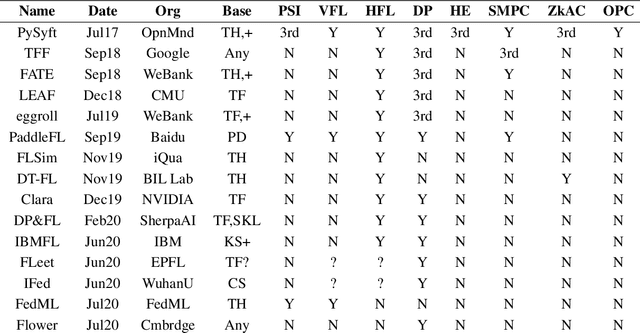

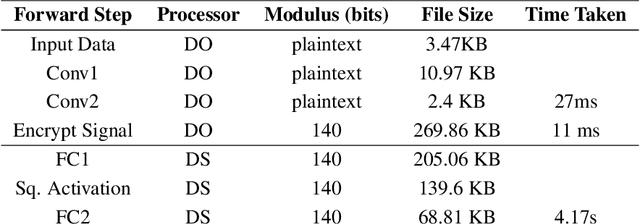
Abstract:We present Syft 0.5, a general-purpose framework that combines a core group of privacy-enhancing technologies that facilitate a universal set of structured transparency systems. This framework is demonstrated through the design and implementation of a novel privacy-preserving inference information flow where we pass homomorphically encrypted activation signals through a split neural network for inference. We show that splitting the model further up the computation chain significantly reduces the computation time of inference and the payload size of activation signals at the cost of model secrecy. We evaluate our proposed flow with respect to its provision of the core structural transparency principles.
Practical Defences Against Model Inversion Attacks for Split Neural Networks
Apr 21, 2021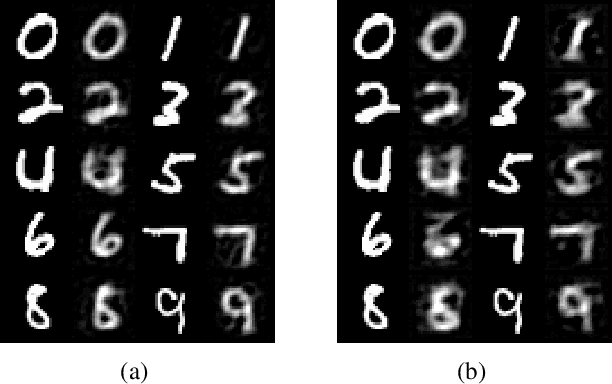
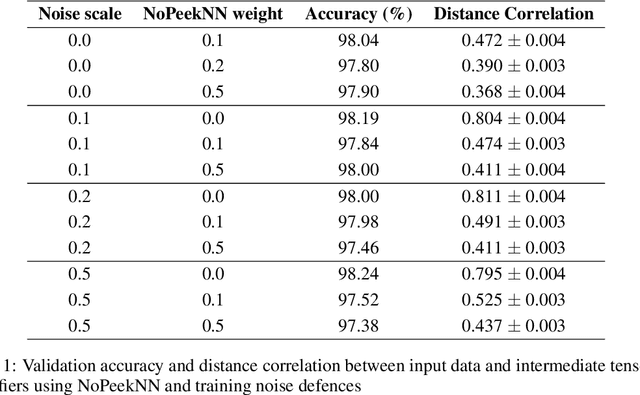
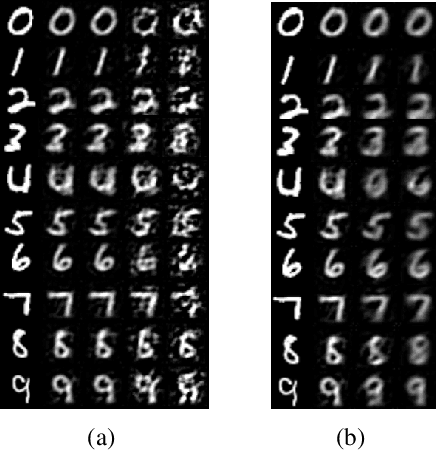
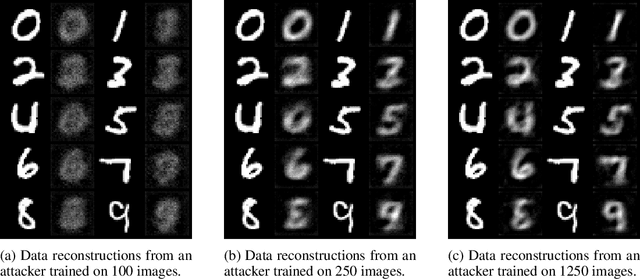
Abstract:We describe a threat model under which a split network-based federated learning system is susceptible to a model inversion attack by a malicious computational server. We demonstrate that the attack can be successfully performed with limited knowledge of the data distribution by the attacker. We propose a simple additive noise method to defend against model inversion, finding that the method can significantly reduce attack efficacy at an acceptable accuracy trade-off on MNIST. Furthermore, we show that NoPeekNN, an existing defensive method, protects different information from exposure, suggesting that a combined defence is necessary to fully protect private user data.
PyVertical: A Vertical Federated Learning Framework for Multi-headed SplitNN
Apr 14, 2021

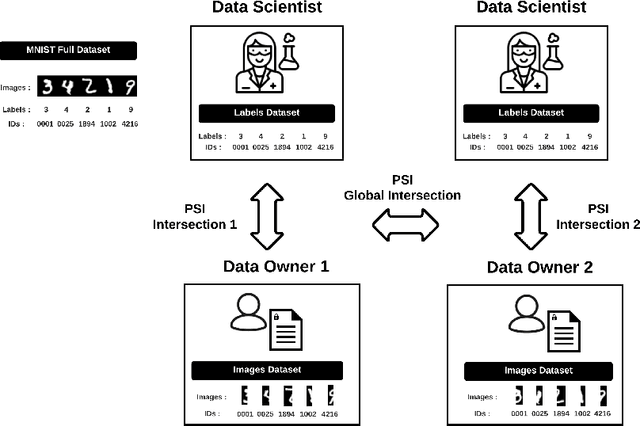

Abstract:We introduce PyVertical, a framework supporting vertical federated learning using split neural networks. The proposed framework allows a data scientist to train neural networks on data features vertically partitioned across multiple owners while keeping raw data on an owner's device. To link entities shared across different datasets' partitions, we use Private Set Intersection on IDs associated with data points. To demonstrate the validity of the proposed framework, we present the training of a simple dual-headed split neural network for a MNIST classification task, with data samples vertically distributed across two data owners and a data scientist.
U-Noise: Learnable Noise Masks for Interpretable Image Segmentation
Jan 20, 2021



Abstract:Deep Neural Networks (DNNs) are widely used for decision making in a myriad of critical applications, ranging from medical to societal and even judicial. Given the importance of these decisions, it is crucial for us to be able to interpret these models. We introduce a new method for interpreting image segmentation models by learning regions of images in which noise can be applied without hindering downstream model performance. We apply this method to segmentation of the pancreas in CT scans, and qualitatively compare the quality of the method to existing explainability techniques, such as Grad-CAM and occlusion sensitivity. Additionally we show that, unlike other methods, our interpretability model can be quantitatively evaluated based on the downstream performance over obscured images.
Asymmetric Private Set Intersection with Applications to Contact Tracing and Private Vertical Federated Machine Learning
Nov 18, 2020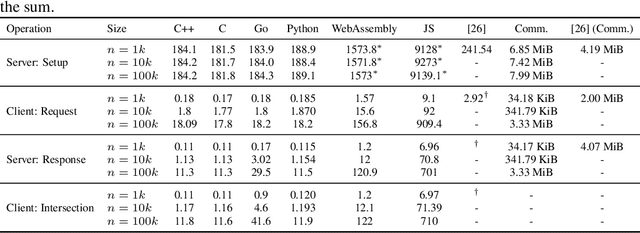
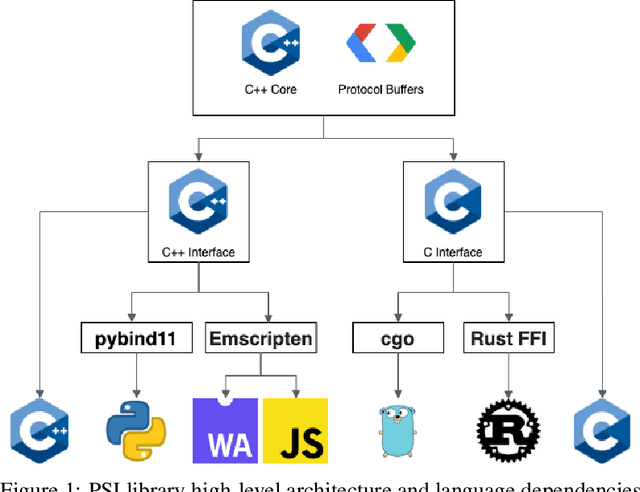


Abstract:We present a multi-language, cross-platform, open-source library for asymmetric private set intersection (PSI) and PSI-Cardinality (PSI-C). Our protocol combines traditional DDH-based PSI and PSI-C protocols with compression based on Bloom filters that helps reduce communication in the asymmetric setting. Currently, our library supports C++, C, Go, WebAssembly, JavaScript, Python, and Rust, and runs on both traditional hardware (x86) and browser targets. We further apply our library to two use cases: (i) a privacy-preserving contact tracing protocol that is compatible with existing approaches, but improves their privacy guarantees, and (ii) privacy-preserving machine learning on vertically partitioned data.
 Add to Chrome
Add to Chrome Add to Firefox
Add to Firefox Add to Edge
Add to Edge